China's 'Jade Rabbit' rolls to moon surface
Updated: 2013-12-15 06:17
(Xinhua)
|
||||||||
|
|
| CCTV |
BEIJING - China's first moon rover, Yutu, or Jade Rabbit, separated from the lander early on Sunday, several hours after the Chang'e-3 probe soft-landed on the lunar surface.
The 140 kg six-wheeled rover touched the lunar surface at 4:35 a.m., leaving deep trace on the loose lunar soil. The process was recorded by the camera on the lander and the images were sent to the earth, according to the Beijing Aerospace Control Center.
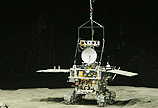 |
| Special |
Engineers made final checks of the environment of the landing site, the situation of the probe and the solar incidence angle late night on Saturday and sent signals of separation to Chang'e-3.
Yutu, atop the probe, extended its solar panel and started to drive slowly to the transfer mechanism at 3:10.
The transfer mechanism unlocked at 4:06 with one side reaching the moon's surface, allowing the rover to descend to the surface following a ladder mechanism.
Chang'e-3 landed on the moon's Sinus Iridum, or the Bay of Rainbows, at 9:11 p.m. Saturday, making China the third country in the world to carry out such a rover mission after the United States and former Soviet Union.
In ancient Chinese mythology, Yutu was the white pet rabbit of the lunar goddess Chang'e. The name for the rover was selected following an online poll that collected several million votes from people around the world.
The rover, 1.5 meters long with its two wings folded, 1 m in width and 1.1 m in height, is a highly efficient robot controlled by the command center from the earth. It will face challenges including temperature differences of more than 300 degrees Celsius on the moon.
Yutu will survey the moon's geological structure and surface substances and look for natural resources for three months, while the lander will conduct in-situ exploration at the landing site for one year.

 With a hole in its heart, South Africa buries Mandela
With a hole in its heart, South Africa buries Mandela
 After the storm
After the storm
 Illustration: Chang'e-3 soft-lands on moon
Illustration: Chang'e-3 soft-lands on moon
 Guangzhou beats Al-Ahly 2-0 at Club World Cup
Guangzhou beats Al-Ahly 2-0 at Club World Cup
 Two students wounded in US school shooting
Two students wounded in US school shooting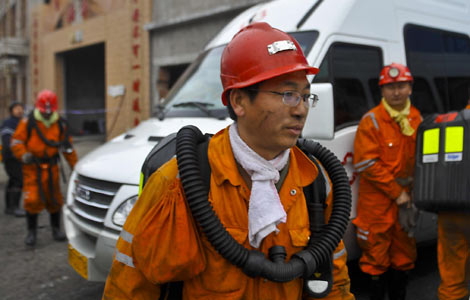
 21 died in Xinjiang coal mine explosion
21 died in Xinjiang coal mine explosion
 Mandela's body transferred to Qunu village
Mandela's body transferred to Qunu village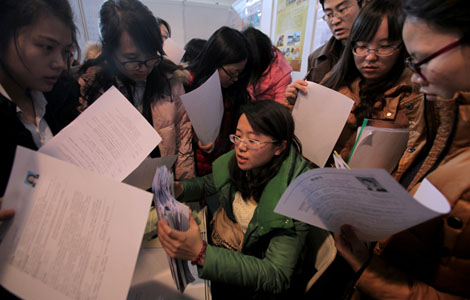
 Postgraduates get hard lessons at job fair
Postgraduates get hard lessons at job fair
Most Viewed
Editor's Picks

|
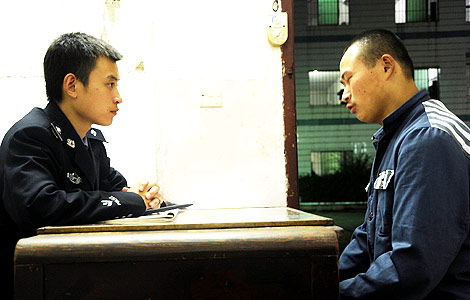
|
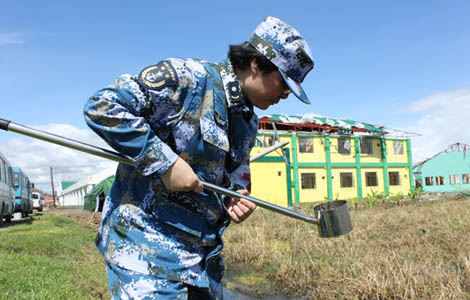
|

|

|

|
Today's Top News
Chang'e-3 mission 'complete success'
Mandela laid to rest
'Jade Rabbit' rolls to moon surface
Venezuela suspends flight after bomb warning
UN slams deadly attack on peacekeepers in Mali
Statement singles out China's ADIZ
US paves way for in-flight cell phones
Urbanization plan outlined
US Weekly

|

|





